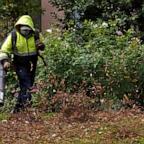Everything you need to know about Ebola
Health officials are fighting to contain an outbreak in Congo.
The current Ebola outbreak in the Democratic Republic of the Congo is the second largest in history and the worst the country has ever seen.
At least 3,004 people have reported symptoms of hemorrhagic fever in three conflict-torn provinces, which are all located along the country's eastern border. Among those patients, 2,899 have tested positive for Ebola virus disease, according to the latest data from the technical committee running the Ebola response and reporting directly to the Congolese president.
There have been 2,006 deaths thus far, including 1,901 people who died from confirmed cases of Ebola. The other deaths are from probable cases of Ebola. Just over 900 people sickened with the virus have recovered, according to the committee.
The rising number of cases in the ongoing epidemic has far exceeded the 2000 outbreak in Uganda, making it second only to the 2014-2016 outbreak in multiple West African nations that infected more than 28,000 people, according to data from the U.S. Centers for Disease Control and Prevention.
The World Health Organization (WHO), the global health arm of the United Nations, has declared the current outbreak an international public health emergency -- a proclamation that often mobilizes more resources and garners global attention.
"We are dealing with one of the world's most dangerous viruses in the one of the world's most dangerous areas," the WHO's director-general, Dr. Tedros Adhanom Ghebreyesus, told reporters at a press conference in July.
Here is what you need to know about the deadly virus.
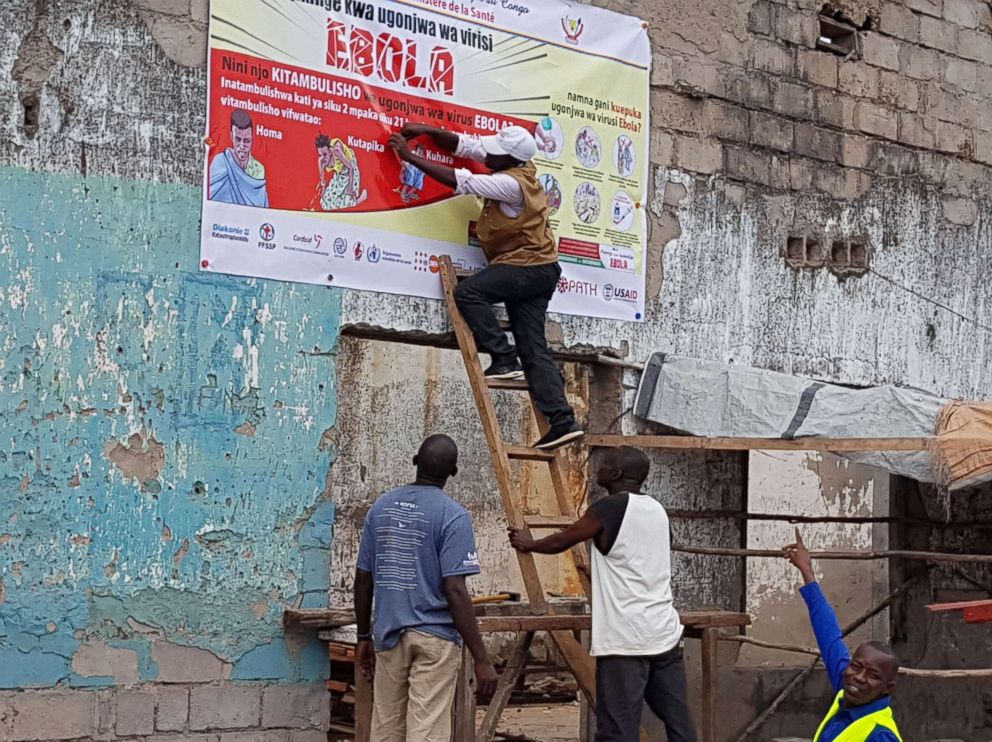
What is Ebola?
The Ebola virus is described as a group of viruses that cause a deadly kind of hemorrhagic fever. The term "hemorrhagic fever" means it causes bleeding inside and outside the body.
The virus has a long incubation period of approximately eight to 21 days. Early symptoms include fever, muscle weakness, sore throat and headaches.
As the disease progresses, the virus can impair kidney and liver function and lead to external and internal bleeding. It's one of the most deadly viruses on Earth with a fatality rate of 50 to 90 percent.
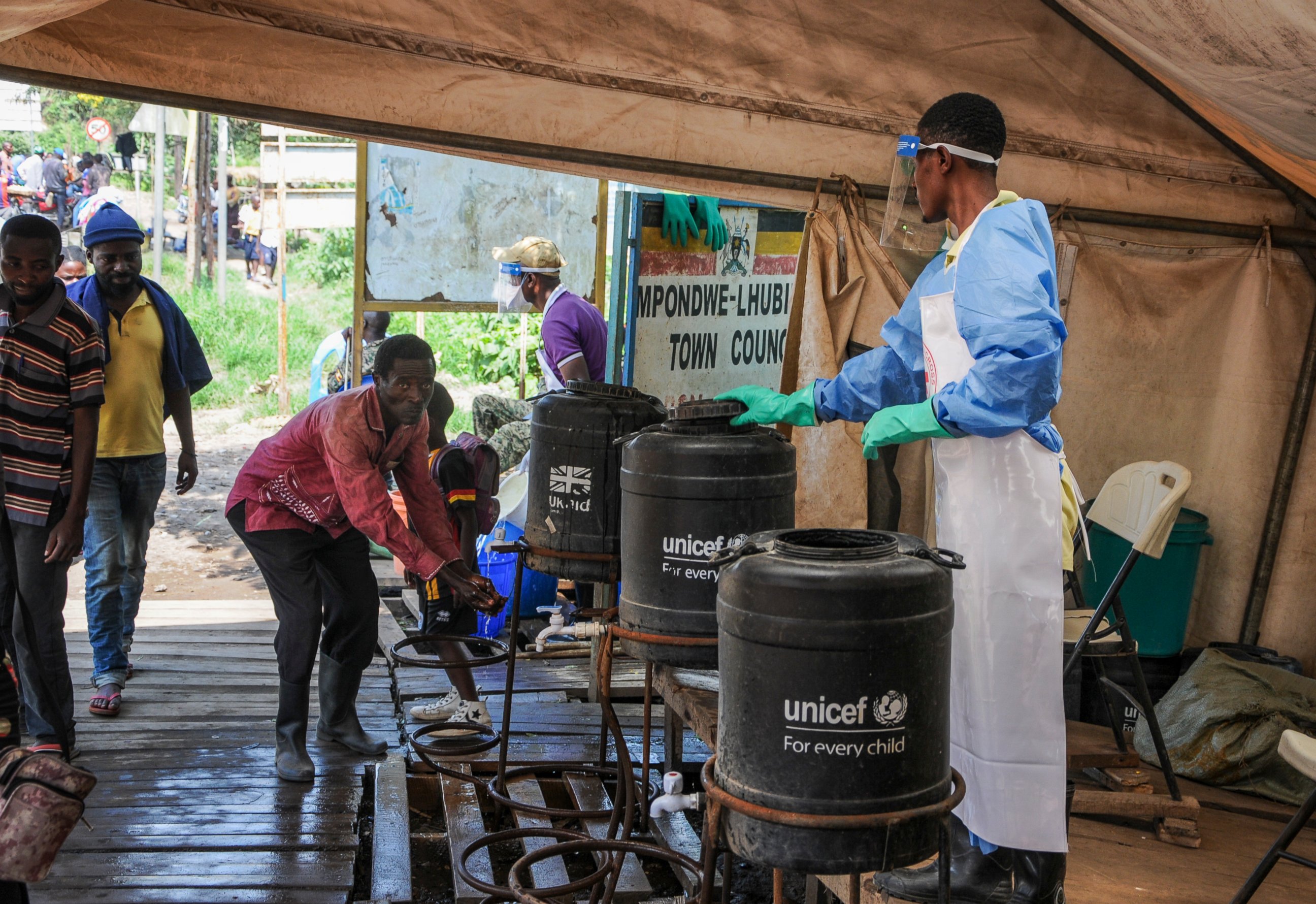
How is it transmitted?
The virus is transmitted through contact with blood or secretions from an infected person, either directly or through contaminated surfaces, needles or medical equipment. A patient is not contagious until he or she starts showing signs of the disease.
The virus is not airborne, which means a person cannot get the disease simply by breathing the same air as an infected patient.
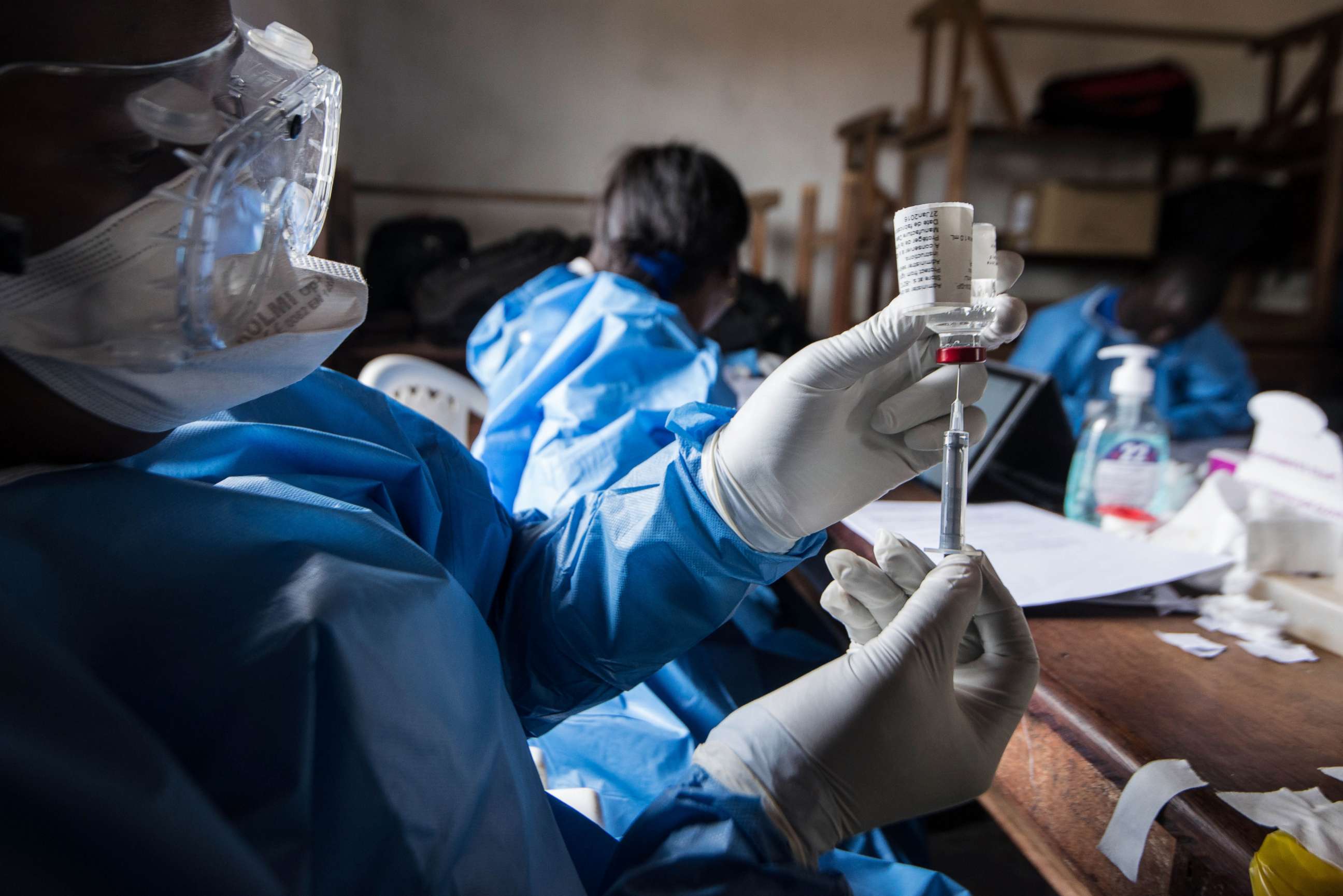
Is there a cure?
There is currently no licensed treatment or vaccine for Ebola.
The WHO has administered an experimental Ebola vaccine using a "ring vaccination" approach around the epicenter of the current outbreak in the Democratic Republic of the Congo. More than 207,000 people, including children as well as health and frontline workers, have been vaccinated in the outbreak zone since Aug. 8, 2018, according to Congolese health officials.
The vaccine, which was developed by American pharmaceutical company Merck, has proved effective against the country's previous outbreak in the western province of Equateur.
Meanwhile, two of four experimental treatments being tested in the current outbreak are now being offered to all patients after showing promise in saving lives. Preliminary findings from a randomized controlled trial that began last November in four Ebola treatment centers in North Kivu indicated that patients receiving either of two antibody-based therapies, known as REGN-EB3 and mAb114, had a greater chance of survival compared to those receiving two other experiential drugs, known as ZMapp and remdesivir.
Related Stories
After a meeting to review the initial results, an independent monitoring board recommended all future patients be offered either REGN-EB3 or mAb114, while the other two treatments be stopped.
"From now on, we will no longer say that Ebola is incurable," Dr. Jean-Jacques Muyembe, director general of the Democratic Republic of the Congo's National Institute for Biomedical Research, which is co-sponsoring the clinical study, told reporters during a telephone briefing in August.
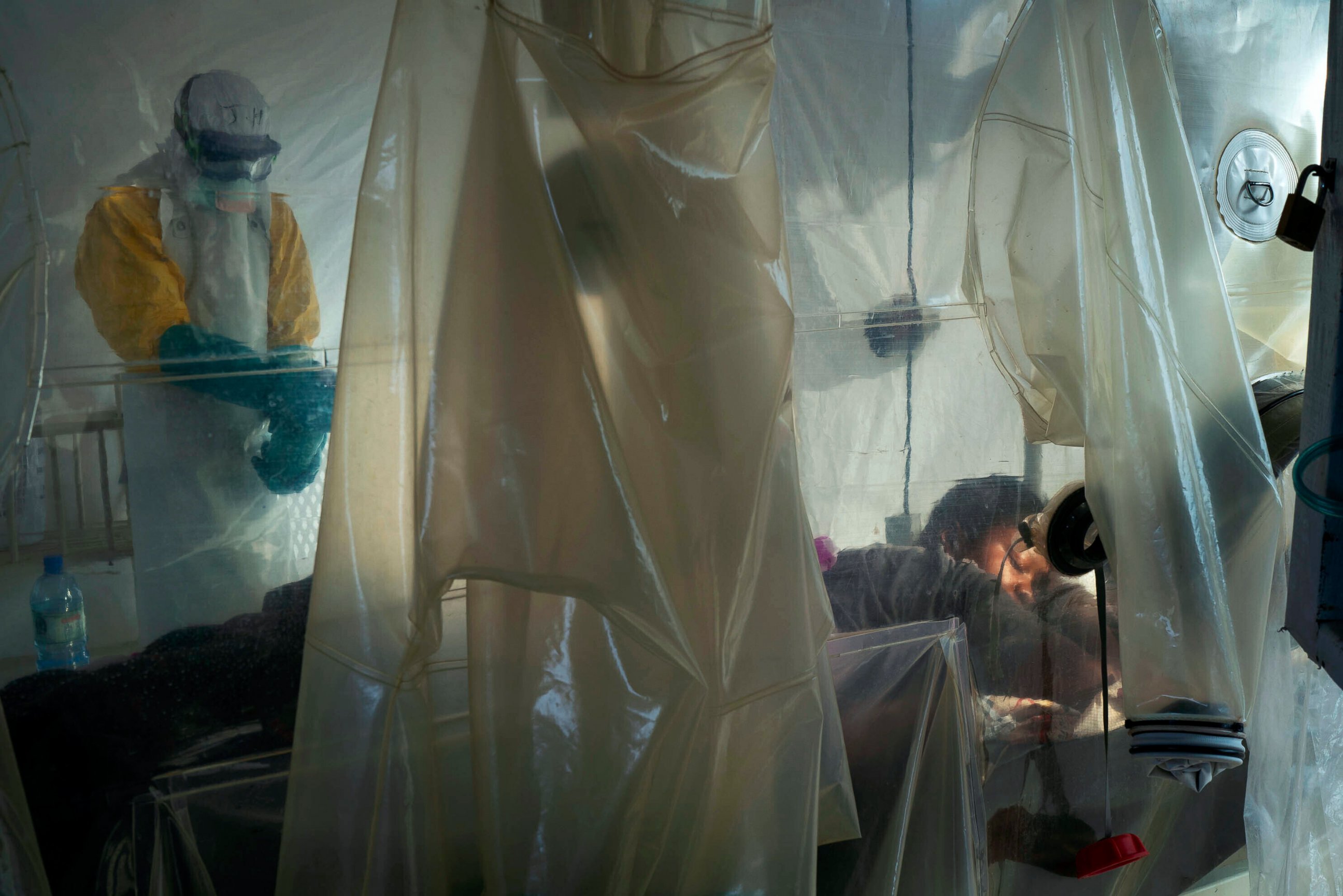
Where have people been infected?
In this current outbreak, people have been infected in North Kivu, Ituri and South Kivu, which are among the most populous provinces in the Democratic Republic of the Congo and share international borders with South Sudan, Uganda, Rwanda and Burundi.
All three areas are awash with conflict and insecurity, particularly in the mineral-rich borderlands where militia activity has surged in the past year, all of which complicates the response to the outbreak. The WHO's director-general has described the current outbreak as "even more complicated" than the West African epidemic due to the region's violence and insecurity, sporadic attacks on health workers, a highly mobile population, political instability, community mistrust and misinformation. It's the first Ebola outbreak in history to occur in an active war zone.
"All of these challenges make this outbreak one of the most complex humanitarian emergencies any of us have ever faced," Ghebreyesus told reporters at a press conference in July.
Ebola is endemic to the Democratic Republic of the Congo. This is the 10th outbreak the country has seen since 1976, the year that scientists first identified the deadly virus in the small northern village Yambuku near the eponymous Ebola River.
This outbreak in the country's eastern region was announced Aug. 1, 2019, just days after another outbreak in the western part of the country that killed 33 people (including 17 who had confirmed cases of Ebola) was declared over.
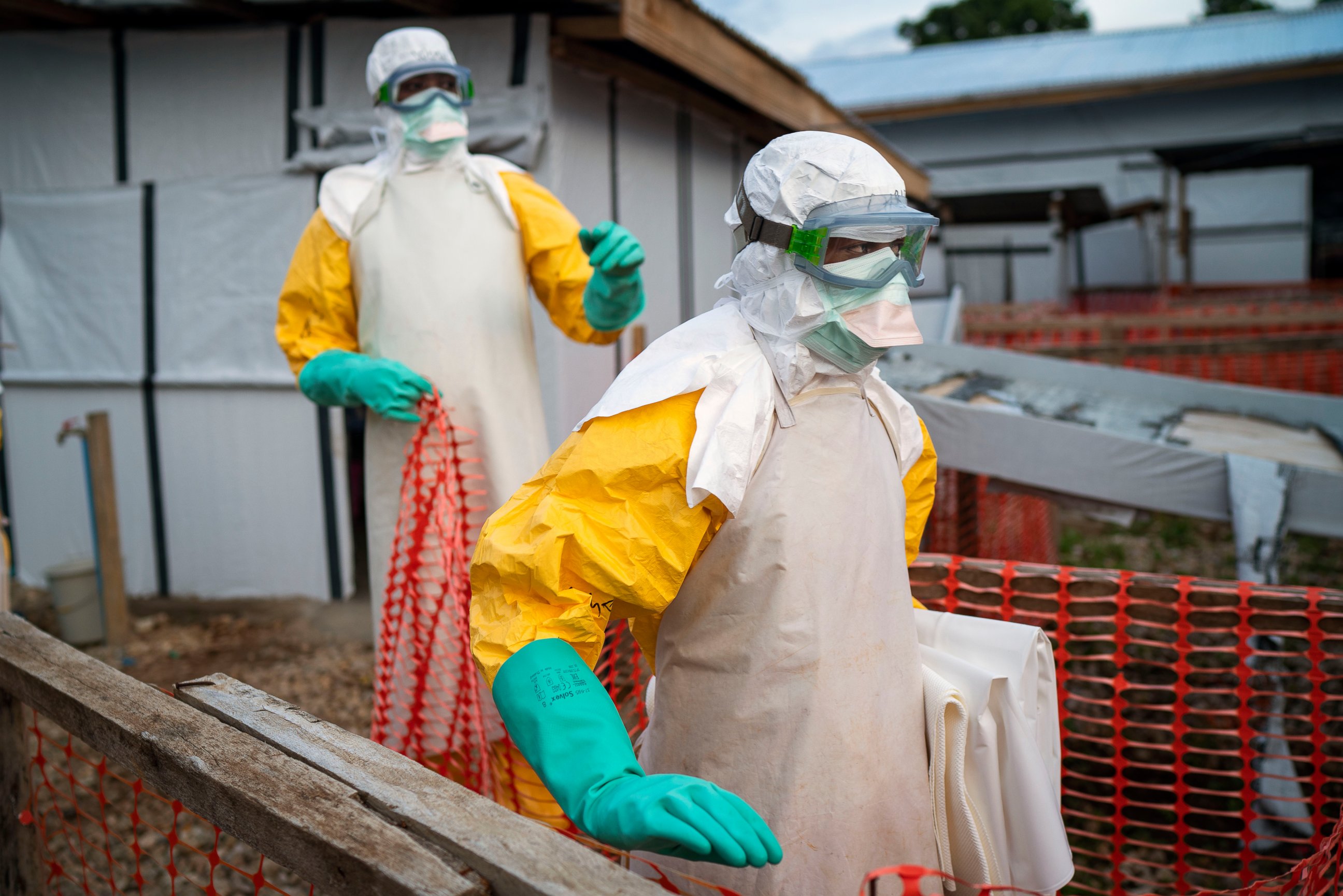
Where did the virus come from?
The dangerous virus gets its name from the Ebola River in northern Democratic Republic of the Congo, which was near the site of one of the first outbreaks. The virus was first reported in 1976 in two almost simultaneous outbreaks in areas that are now South Sudan and the Democratic Republic of the Congo. The outbreaks killed 151 and 280 people, respectively.
Certain bats living in tropical African forests are thought to be the natural hosts of the disease. The initial transmission of an outbreak usually results from a wild animal infecting a human, according to the WHO. Once the disease infects a person, it is easily transmissible between people in close contact.
An outbreak that began in the West African nation of Guinea in March 2014, and soon spread to neighboring Liberia and Sierra Leone, was the largest in history, infecting 28,652 people and causing 11,325 deaths. The outbreak, which the WHO deemed a public health emergency of international concern, was declared over in June 2016.
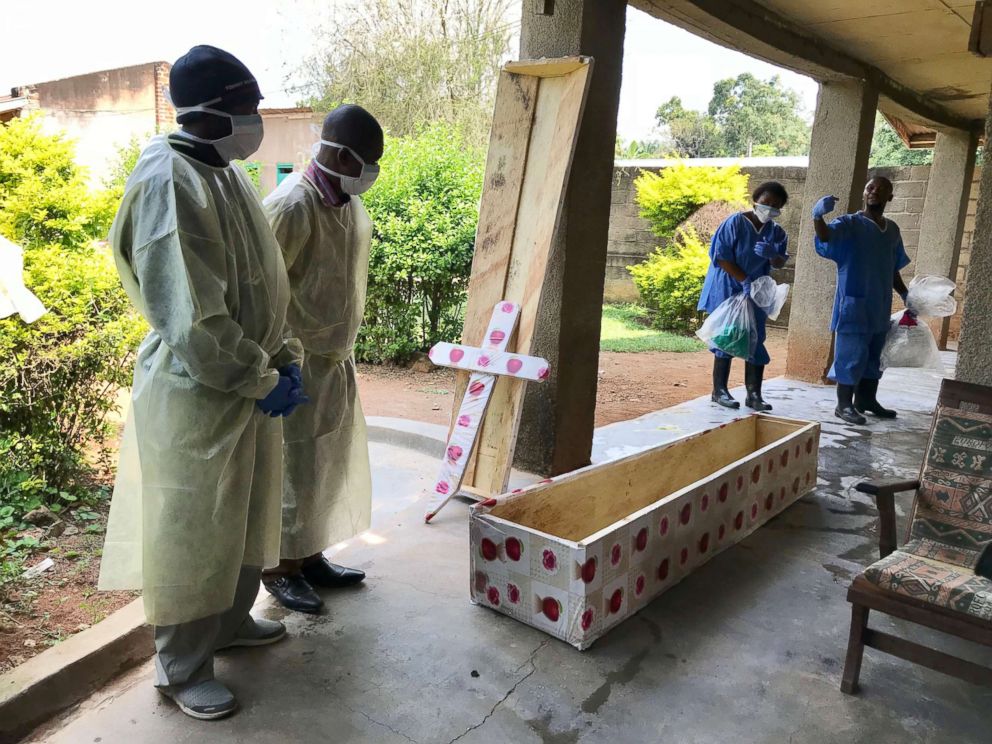
Who is at risk?
The virus is not airborne, which means those in close contact can be infected and are most at risk. A person sitting next to an infected person, even if they are contagious, is not likely to be infected.
However, health workers and caregivers of the sick are particularly at risk because they work in close contact with infected patients during the final stages of the disease, when the virus can cause internal and external bleeding.
In the current outbreak alone, 156 health workers have been infected so far and many of them have died, according to the WHO.
There are also a high number of women and children infected in the current outbreak. More than half of all reported cases were female patients and about one-third were children, according to the WHO.
The United Nations Children's Fund (UNICEF) has expressed alarm at the growing number of children contracting Ebola, as they are at greater risk than adults of dying from the disease.
"Young children -- those below five years old, are especially hard hit," UNICEF spokesperson Marixie Mercado said at a press briefing in Geneva in July. "They, in turn, are infecting women."



